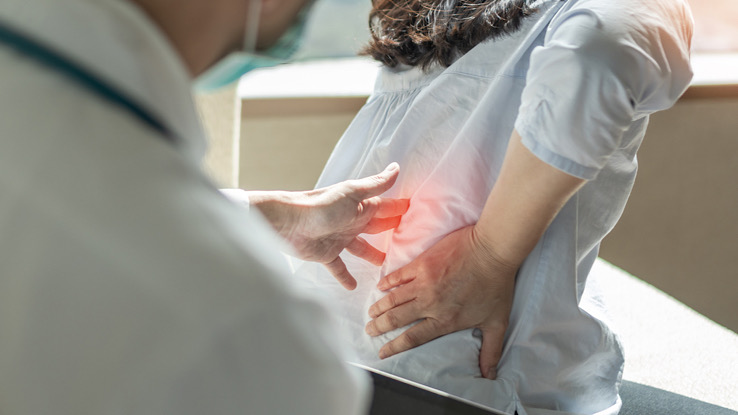
Chronic pain is more prevalent among females than males and covers a wide range of aches and symptoms. Experts expect more older adults living with long-term discomfort to spike sharply because painful conditions, such as arthritis, become much more familiar as we age. Learn about relieving chronic pain and inflammation.
“The absolute number of people experiencing chronic pain in the U.S. exceeds that of all people affected by heart diseases, diabetes mellitus, and cancer combined,” according to the American Chronic Pain Association.
Despite the scope of the problem, very little is spent on research to find reliable and affordable ways to manage chronic pain from ongoing inflammation.
If nothing seems to ease your pain associated with swelling and joint inflammation, ask your doctors for additional treatment options, and ask yourself these vital questions:
Have I Tried Everything?
Many have been to doctors like orthopedic surgeons, neurologists, rheumatologists, and psychologists. You may have tried MRIs and more for your unrelenting pain. Alternative treatments like acupuncture and professional therapy may help you realize that layers of stress throughout your lifestyle are an additional driver of discomfort.
Am I Overlooking Dietary Triggers?
There are benefits of a healthy lifestyle and specific diets for people with inflammatory conditions, such as a gluten-free diet. Eliminating grain, sugar, and many processed foods may help with relieving chronic pain and inflammation. Talk to your doctor if a diet change could help you.
Should I Assess My Emotions and Thoughts?
Experts today realize that your innermost thoughts and emotions can influence your pain perception, making it worse or less intense. Try to keep an open mind for pain solutions. What works for one person with chronic pain might not work for someone with similar aches.
Next Steps
- Medication: Medication usually is the primary line of defense for those with long-term pain. Many pain relievers are available; some are over-the-counter, while others require a prescription.
- Alternative Therapies: Relief through alternative therapies, talk therapy, and mind-body techniques can help you. Even the most vital individuals can find it hard not to use pain medication for relaxation and feeling good long after the pain is gone. Alternative therapies may also help some with particular pain conditions, like osteoarthritis, but not others. In your quest for pain relief, experiment with acupuncture, pressure-point massage, yoga, meditation, and tai chi in tandem or alone.
- Massage: Massage is a therapy that has been used for thousands of years and involves manually manipulating the skeletal muscles to relieve inflammation and encourage relaxation. You can use several techniques based on the session’s goal; some practices are more intense than others. A licensed therapist will perform a massage, depending on your unique needs.
Resource Links:
- “Topical therapies in the management of chronic pain” via Postgraduate Medicine
- “Do Nutritional Factors Interact with Chronic Musculoskeletal Pain? A Systematic Review” via Journal of Clinical Medicine
- “Effectiveness of myofascial release in treatment of chronic musculoskeletal pain: a systematic review” via Clinical Rehabilitation
- “Methods of Treating Chronic Pain: A Systematic Review” via Swedish Council on Health Technology Assessment
- “Managing Chronic Pain in Primary Care: It Really Does Take a Village” via Journal of General Internal Medicine





